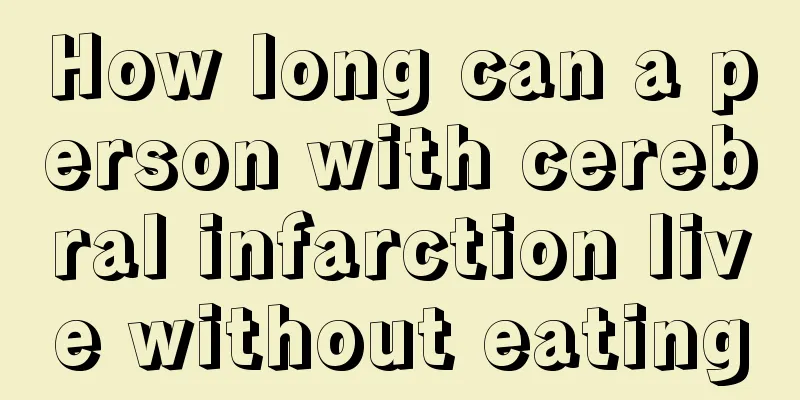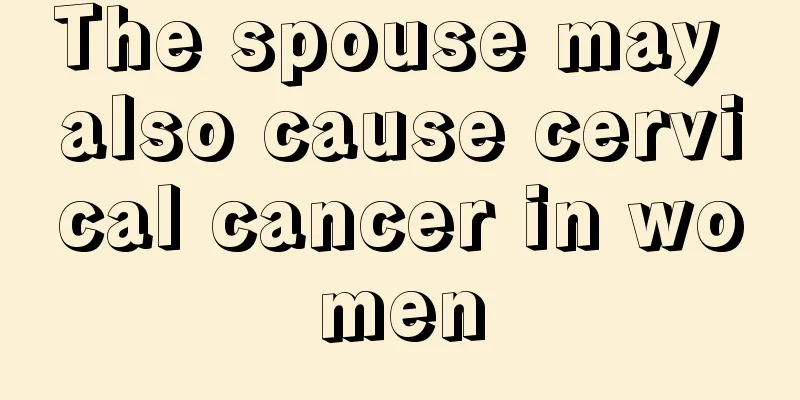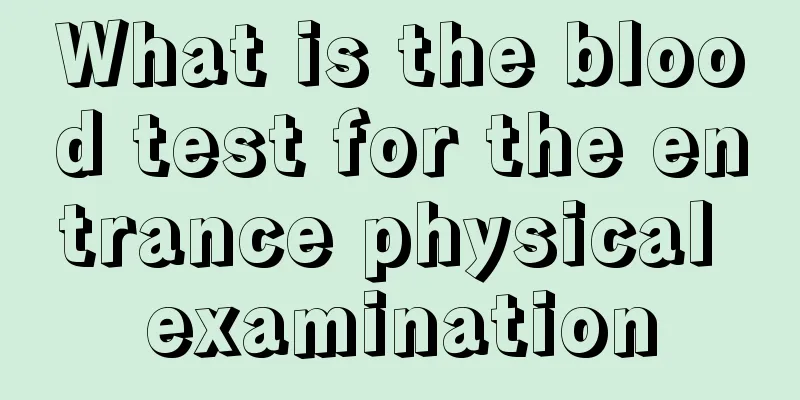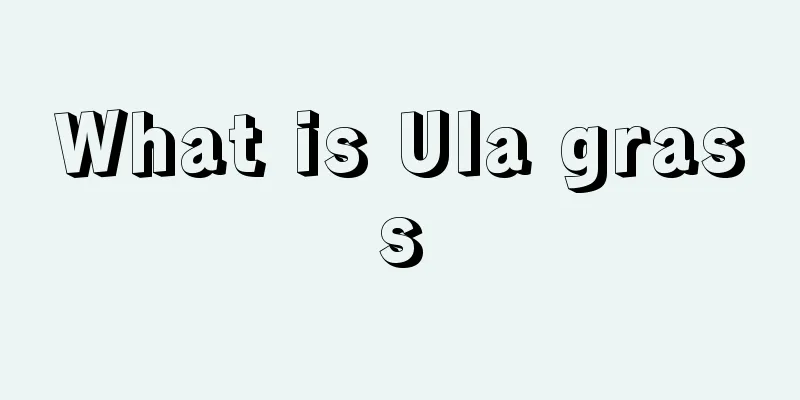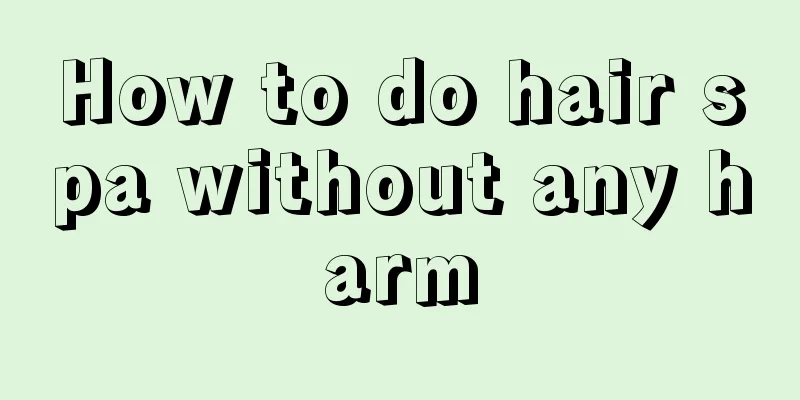Comprehensive treatment of liver cancer
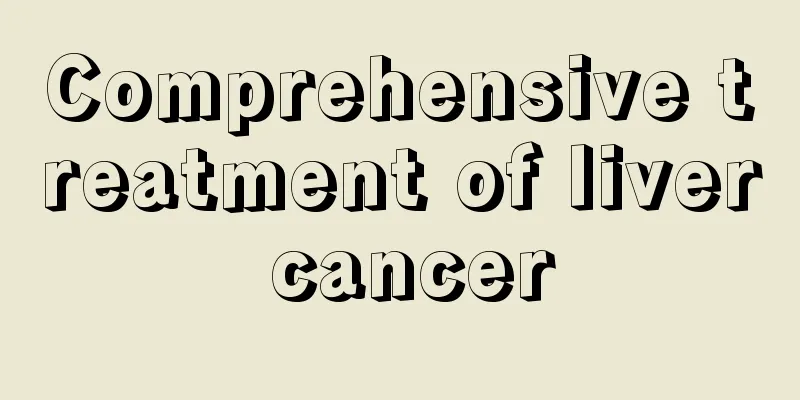
|
Multimodal comprehensive treatment of liver cancer is an effective treatment for large mid-stage liver cancer in recent years. It can transform large liver cancer that cannot be removed into smaller liver cancer that can be removed. There are many methods. Generally, it is based on the dual method of hepatic artery ligation plus hepatic artery catheterization chemotherapy, plus external radiation therapy for triple therapy, and combined with immunotherapy for quadruple therapy. The effect is best with triple therapy or above. The tumor reduction rate of patients treated with multimodal comprehensive treatment reached 31%. Because the tumor was significantly reduced, they had the opportunity for second-step resection, and the second-step resection rate reached 38.1%. Hepatic arterial chemoembolization 1. Indications (1) The tumor is extensive, too large, or too close to the liver hilum to be resectable or not suitable for resection. (2) Preoperative treatment of primary liver cancer can shrink the tumor, reduce intraoperative bleeding, and potentially increase the cure rate and reduce the postoperative recurrence rate. (3) Used to eliminate residual cancer and prevent recurrence after liver resection. (4) Liver cancer patients who are eligible for surgical resection but do not have the conditions for surgery. (5) Patients whose liver cancer is not completely removed or whose other treatments are ineffective. (6) Patients with ruptured and bleeding primary liver cancer nodules. (7) For patients whose liver cancer occupies less than 70% of the liver volume, who have no cancer thrombus in the portal vein and no extrahepatic metastasis, or whose tumor occupies more than 70% of the liver volume or who have cancer thrombus in the portal vein, arterial embolization is not recommended, but arterial perfusion can still be considered. 2. Taboo (1) Severe arteriosclerosis and abdominal aortic aneurysm. (2) Severe portal hypertension or main trunk obstruction, active ulcer. (3) Severe liver and kidney dysfunction, cirrhosis, severe jaundice, ascites (4) Poor bone marrow blood function. (5) Full or terminal stage. |
<<: TCM Syndrome Differentiation and Treatment of Liver Cancer
>>: Surgical treatment of liver cancer
Recommend
What foods are good for colon polyps?
Patients with colon polyps must pay attention to ...
How to relieve itching after mosquito bites
I believe everyone has been bitten by insects, an...
What are the symptoms of bladder cancer
In recent years, bladder cancer has become one of...
Which part should I massage for dizziness
Nowadays, people pay more and more attention to t...
What causes chest bone spur pain? Chest bone spur pain, causes, triggers
The middle of the human chest is the costal carti...
How long after dinner can you go to bed?
Young people have many wrong eating habits. For e...
What are the general methods for diagnosing glioma?
Gliomas originate from glial cells in the brain a...
Can a cracked tooth heal by itself?
Nowadays, dental health has become an issue of co...
The difference between persimmon and tomato
Persimmon is a common fruit. The best season for ...
Tips for postoperative care of kidney cancer patients
With the increasing incidence of kidney cancer, m...
Long-term bad breath is pharyngitis
When communicating with people face to face, the ...
Is renal artery stent surgery dangerous?
Nowadays, many diseases can be alleviated by sten...
The uses of coffee you don’t know
Coffee has now become a global drink, and more an...
What is the best treatment for flat warts
Flat warts are a common skin disease that is more...
What fruits should you eat when you have a sore throat? You can eat more of these 6 kinds of fruits
The weather is now changeable, sometimes hot and ...
